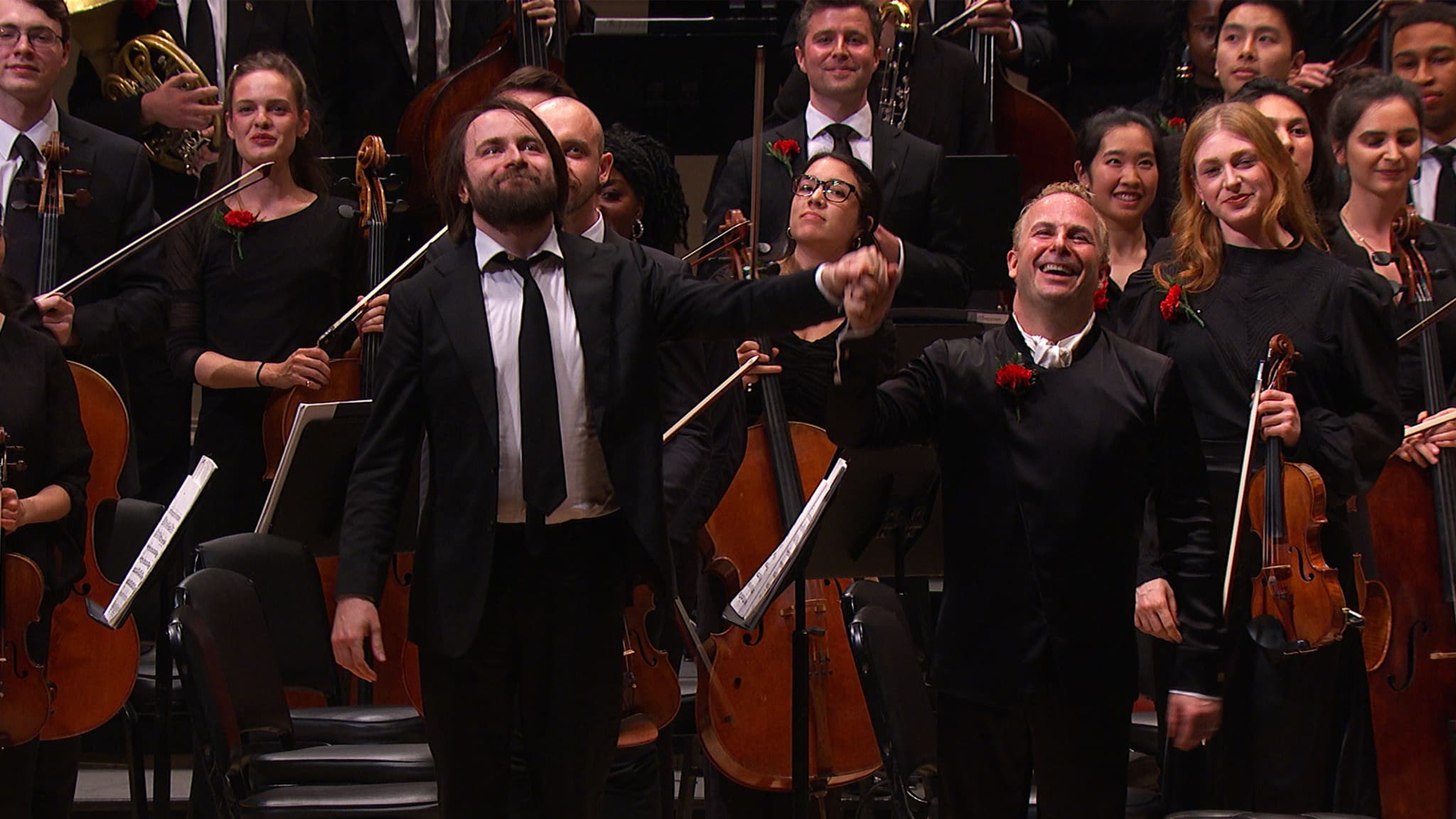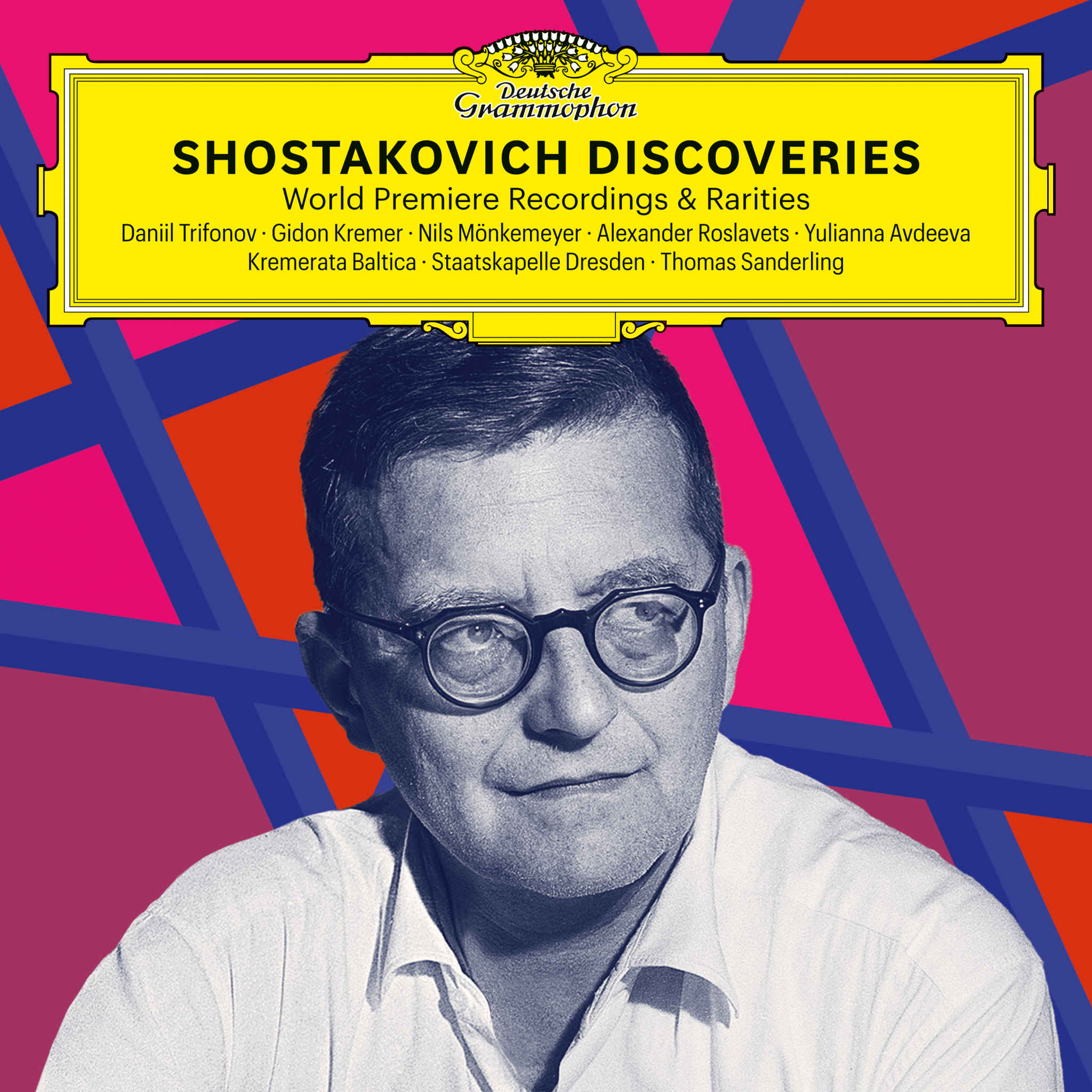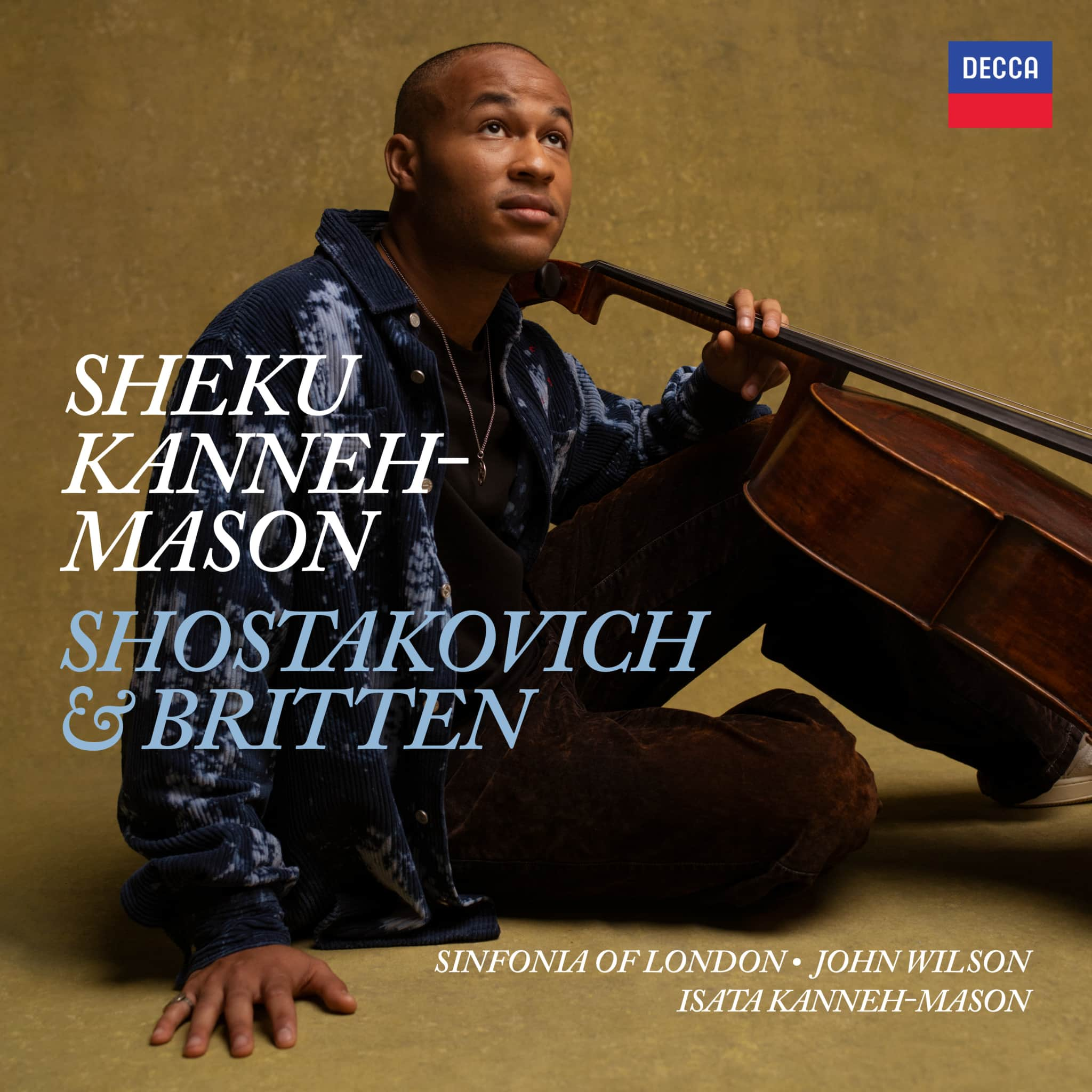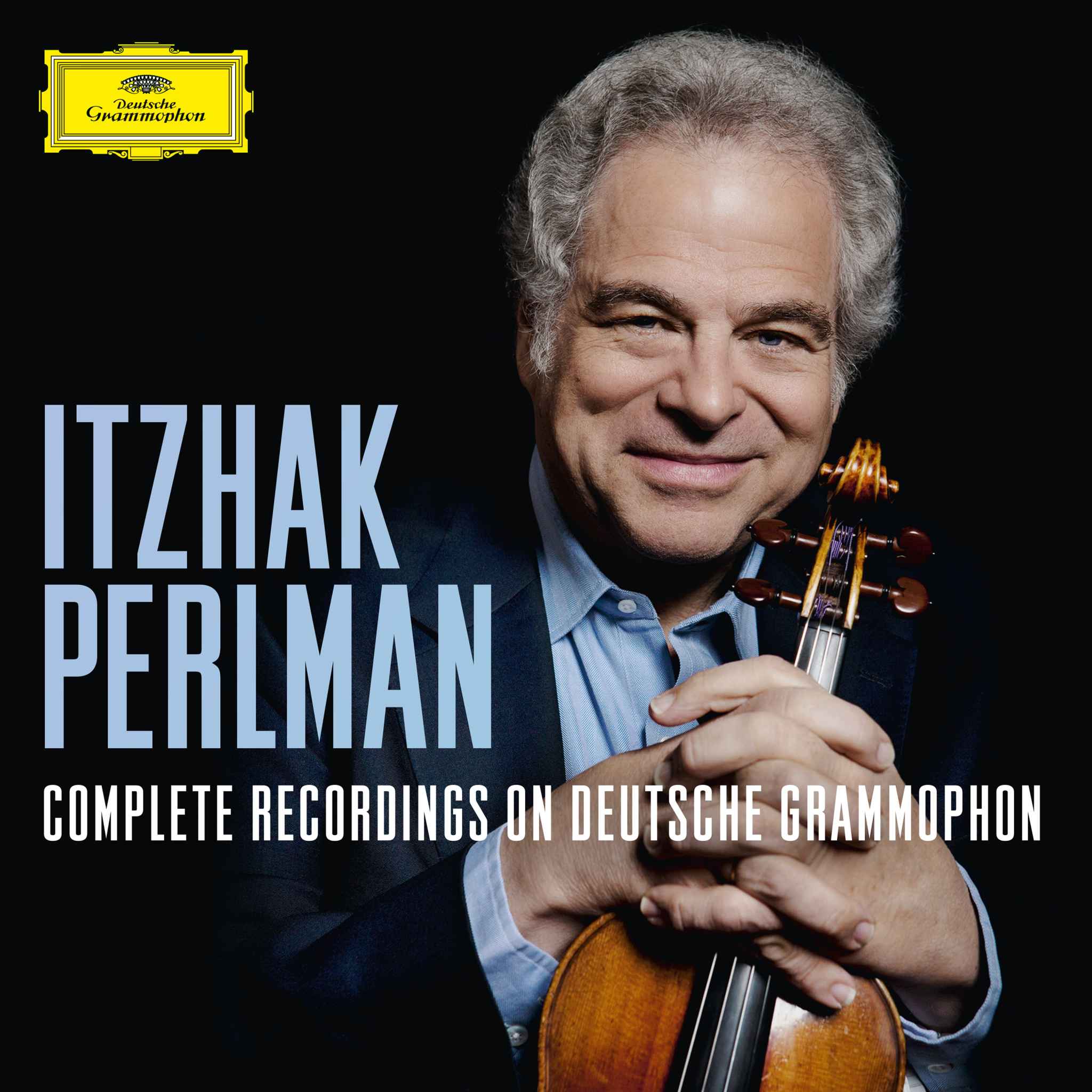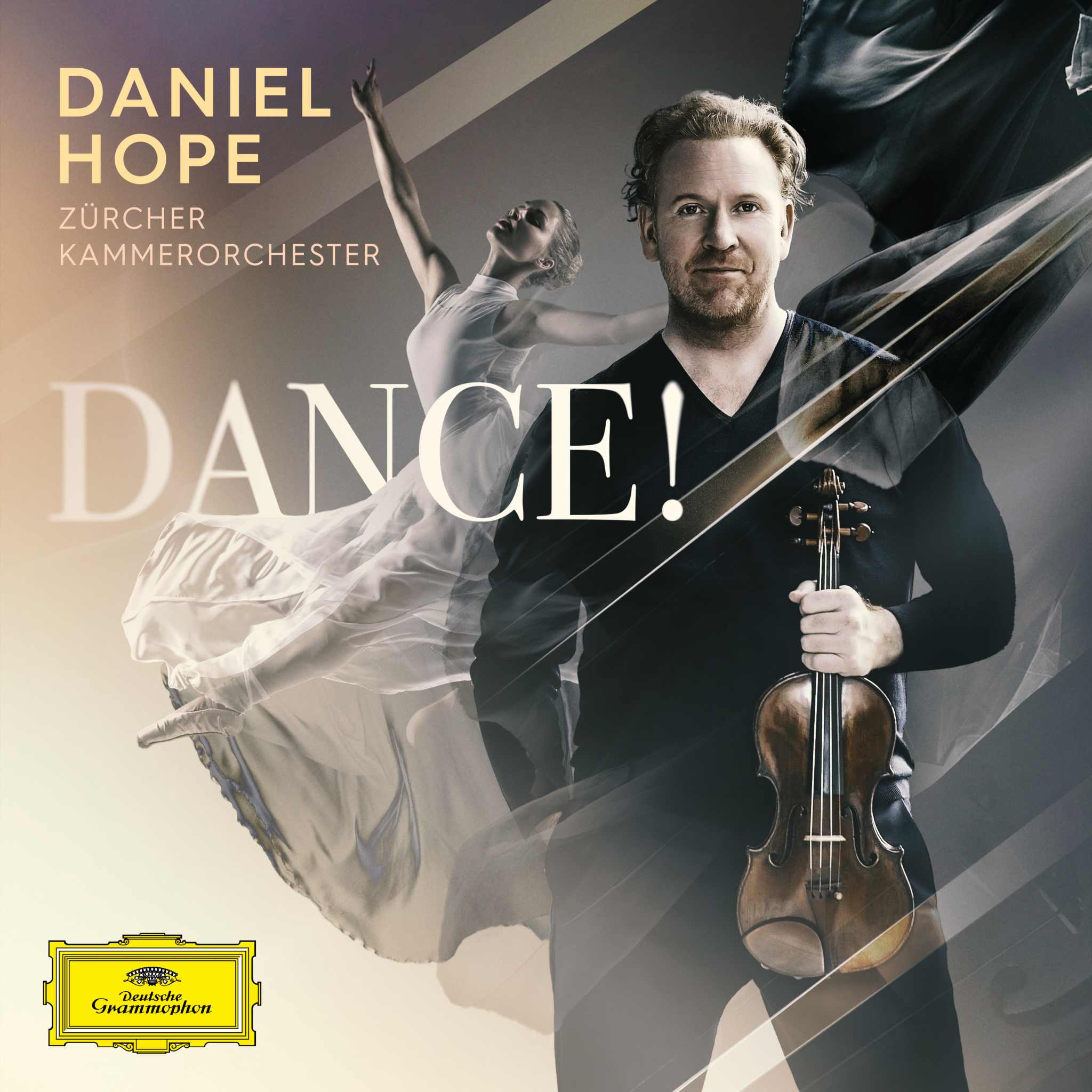Dmitri Schostakowitsch: Ein Einblick in seine faszinierenden Werke
Dmitri Schostakowitsch, eine herausragende Persönlichkeit der klassischen Musik, hinterließ ein dauerhaftes Vermächtnis mit seinem umfangreichen Werk. Seine Kompositionen, von Sinfonien bis zu Opern, werden für ihre technische Brillanz, emotionale Tiefe und subtile gesellschaftskritische Botschaft gefeiert.
Frühes Leben und musikalische Anfänge
Geboren 1906 in St. Petersburg, wuchs Dmitri Schostakowitsch in einem kulturell lebendigen Umfeld auf. Er begann seine musikalische Laufbahn mit Klavierunterricht bei seiner Mutter im zarten Alter von neun Jahren. Mit 13 Jahren trat er in das Petrograder Konservatorium ein, wo er Klavier und Komposition bei den renommierten Lehrern Leonid Nikolajew und Alexander Glasunow studierte. Seine schnelle musikalische Entwicklung führte zur Komposition seiner Ersten Sinfonie, die 1926 uraufgeführt wurde und ihn als bedeutende Figur der klassischen Musik etablierte.
Karriere und Herausforderungen unter dem Sowjetregime
Schostakowitschs Karriere entfaltete sich im Schatten des sowjetischen Regimes, das strenge Kontrolle über kulturelle Ausdrucksformen ausübte. Seine Oper Lady Macbeth von Mzensk (1934) und seine Vierte Sinfonie zeigten mutige, modernistische Tendenzen, wurden später jedoch von den sowjetischen Behörden kritisiert. Mit Stalins Machtkonsolidierung Ende der 1920er Jahre verschärften sich die ideologischen Einschränkungen, wodurch Schostakowitsch gezwungen war, öffentlich Konformität zu wahren und zugleich privat künstlerische Integrität zu bewahren.
Hauptwerke und künstlerische Entwicklung
Im Laufe seiner Karriere schuf Schostakowitsch ein umfangreiches Œuvre, darunter 15 Sinfonien, Konzerte, Kammermusik und Opern. Seine Zehnte Sinfonie und die Chor-Sinfonie Nr. 13 mit Texten von Jewgeni Jewtuschenko zeichnen sich durch expressive Kraft und subtile Sozialkritik aus. Das Erste Cellokonzert, geschrieben für Mstislaw Rostropowitsch, wird für seine technische Brillanz und emotionale Tiefe gefeiert. Seine Oper Lady Macbeth von Mzensk sowie verschiedene Streichquartette und Liederzyklen spiegeln seinen sich entwickelnden Stil und den zunehmenden Gebrauch persönlicher Codes wie das DSCH-Motiv (D-Es-C-H) wider.
Persönliche Kämpfe und Spätstil
Obwohl Stalins Tod zu einer gewissen Entspannung der politischen Bedingungen führte, erlebte Schostakowitsch auch persönliche Verluste. Die Auswirkung auf seine schöpferische Richtung war jedoch differenziert; er schuf bedeutende Werke sowohl unter strengen als auch lockereren Bedingungen.
Zusammenfassend ist Schostakowitschs Musik zentral für die westliche Musiktradition geworden. Sein Leben und Werk bieten faszinierende Einblicke in die Herausforderungen und Triumphe eines Künstlers unter einem strengen Regime. Seine Musik inspiriert und fesselt weiterhin Zuhörer weltweit.





